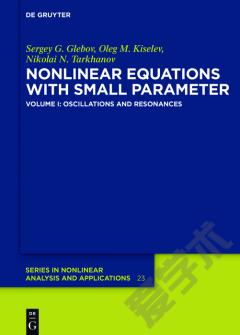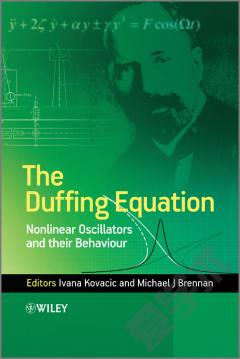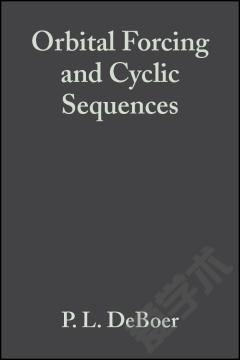Oscillator And Pendulum With A Random Mass
Stochastic descriptions of a harmonic oscillator can be obtained by adding additive noise, or/and three types of multiplicative noise: random frequency, random damping and random mass. The first three types of noise were intensively studied in many published articles. In this book the fourth case, that of random mass, is considered in the context of the harmonic oscillator and its immediate nonlinear generalization — the pendulum. To our knowledge it is the first book fully dedicated to this problem.Two interrelated methods, the Langevin equation and the Fokker-Planck equations, as well as the Lyapunov stability method are used for the mathematical analysis. After a short introduction, the two main parts of the book describe the different properties of the random harmonic oscillator and the random pendulum with random masses. As an example, the stochastic resonance is studied, where the noise plays an unusual role, increasing the applied weak periodic signal, and also the vibration resonance in dynamic systems, where the role of noise is played by the second high-frequency periodic signal.First and second averaged moments have been calculated for a system with different types of additive and multiplicative noises, which define the stability of a system. The calculations have been extended to two multiplicative noises and to quadratic noise. This book is useful for students and scientists working in different fields of statistical physics.
{{comment.content}}








 京公网安备 11010802027623号
京公网安备 11010802027623号